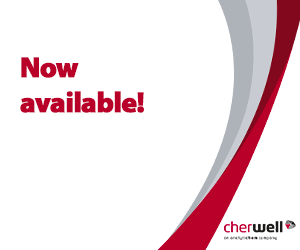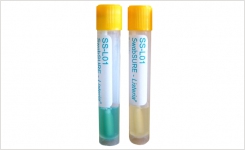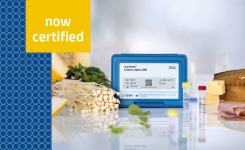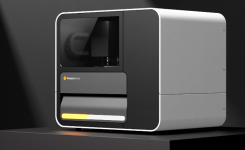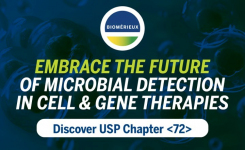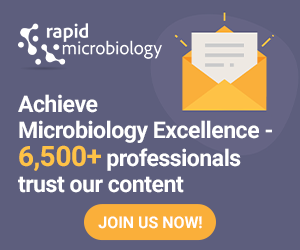Improved Haemolysis Test For Listeria Identification
go back to news archives| | The detection of the haemolytic activity is fundamental to the identification of Listeria species (in particular L. monocytogenes and L. ivanovii). |
| The haemolysin test is simply performed by adding 1 drop of the specially stabilized sheep red blood cells comprising the haemolysin reagent to the last well (well 12) of the Microgen® Listeria ID test panel. If the organism being identified produces haemolysin, the red blood cells will rapidly be lysed and the cellular contents released into the suspending medium and the contents of the well will appear as a homogeneous red/ brown solution. |
Source : Microgen Bioproducts Ltd. View Company Information
Posted on July 21, 2004
LATEST MICROBIOLOGY NEWS
MICROBIOLOGY EVENTS
-
Unmasking Endotoxins: A Sample Preparation Strategy to Overcome LER
15 Jul 2025 -
Next-Generation MAT vs. Traditional Pyrogen Tests: Faster, Ethical, and More Reliable
15 Jul 2025 -
LIMS Launchpad Series: Episode #1 - Strategic Planning
17 Jul 2025 -
IAFP 2025
27 Jul 2025 -
ADLM 2025
27 Jul 2025 -
Food Safety Culture Workshop
9 Sep 2025 -
Who are the "Real" Spoilers in Food?
11 Sep 2025 -
CPD accredited course: Level 3 HACCP & Food Safety
15 Sep 2025 -
Culture Eats HACCP for Breakfast (free)
On-demand Webinar -
A3P International Congress 2025
7 Oct 2025



